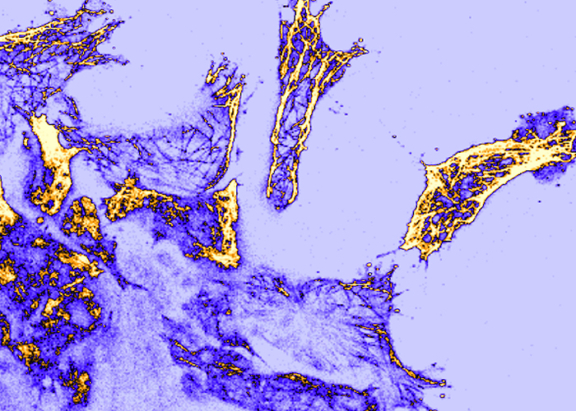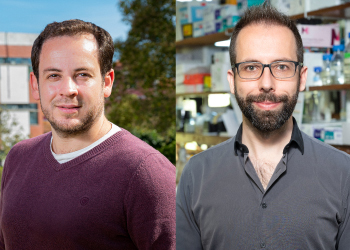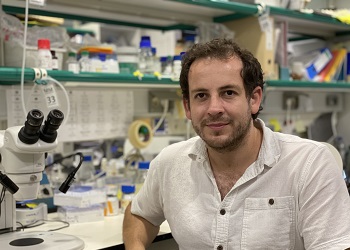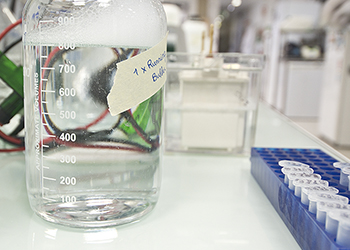
Mechanisms of Morphogenesis
Elias Barriga
The coordinated motion of large groups of cells (collective cell motion) is essential for embryos to develop, tissues to repair and diseases to progress. These collective movements are so finely coordinated that cellular clusters move with impressively high reproducibility at given times and through well-defined migratory paths. The long-term goal of our multidisciplinary group is to understand how cells attain such a synchronised collective migratory behaviour. To do so, we study the mechanisms that trigger and direct collective cell motion.
We recently revealed that the synchronisation of collective cell motion does not only rely in well-established molecular signalling, but that biophysical communication between tissues plays a major role, at least, in synchronising the onset of collective cell motion in vivo (Barriga et al., 2018, Nature). These findings inspire the highly multidisciplinary essence of our lab, where we study the role of biophysical inputs, such as mechanical and electrical cues in both, the onset and guidance of collective cell motion across native environments.
Research Projects:
To tackle these challenging research lines, we use Xenopus laevis and zebrafish as animal systems. As cellular models for collective migration we study cranial neural crest cells (during embryo development) and mesenchymal cells (during tail regeneration). In addition, we count with a cutting-edge toolbox including in vivo-Atomic Force Microscope, self-referring vibrating probes systems, pressure nano-sensors, microfluidics, among other biophysical equipment. This, in combination with our molecular tools allow us not only to measure biophysical properties in vivo, but also to modify these properties to assess their role in collective cell motion.
Funding



Publications
- Cristian L. Marchant, Abdul N. Malmi-Kakkada, Jaime A. Espina & Elias H. Barriga (2022) Cell clusters softening triggers collective cell migration in vivo. Nature Materials



